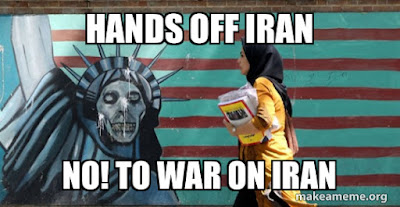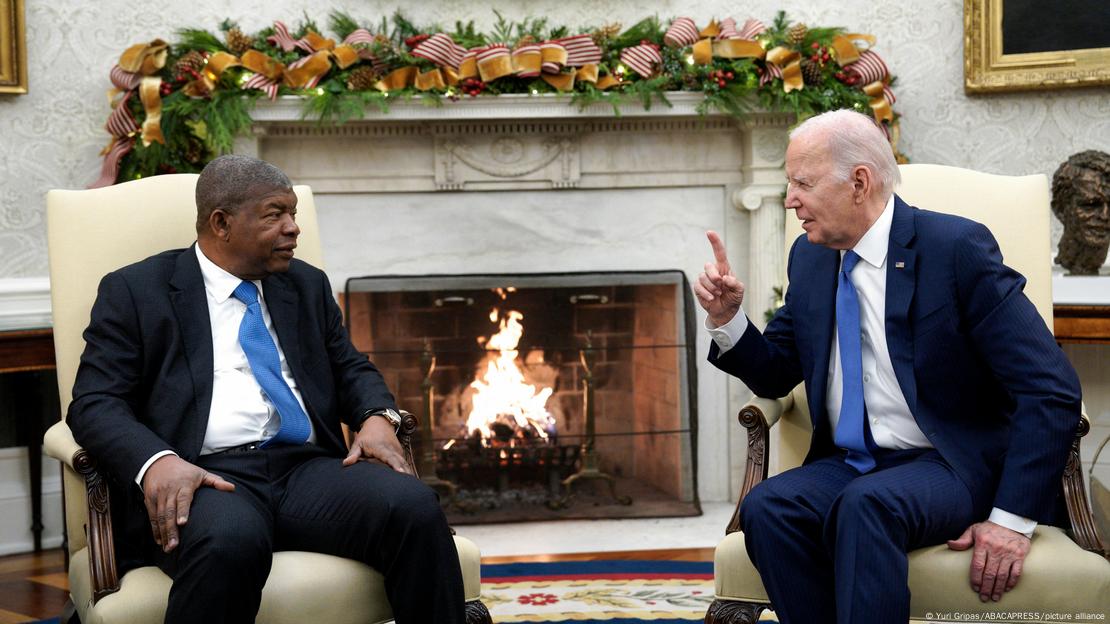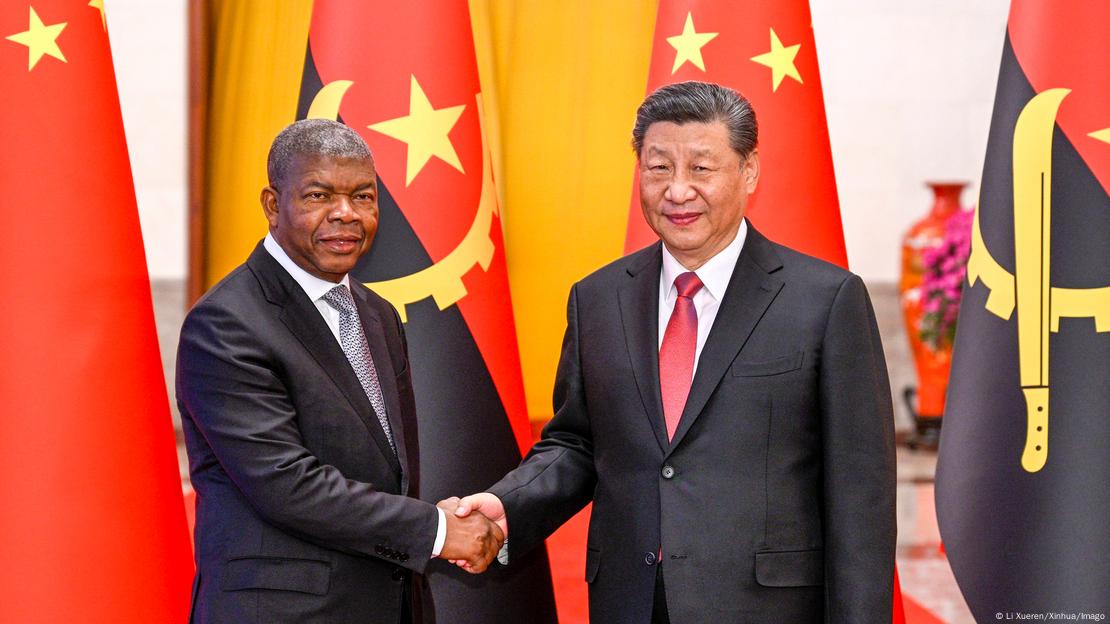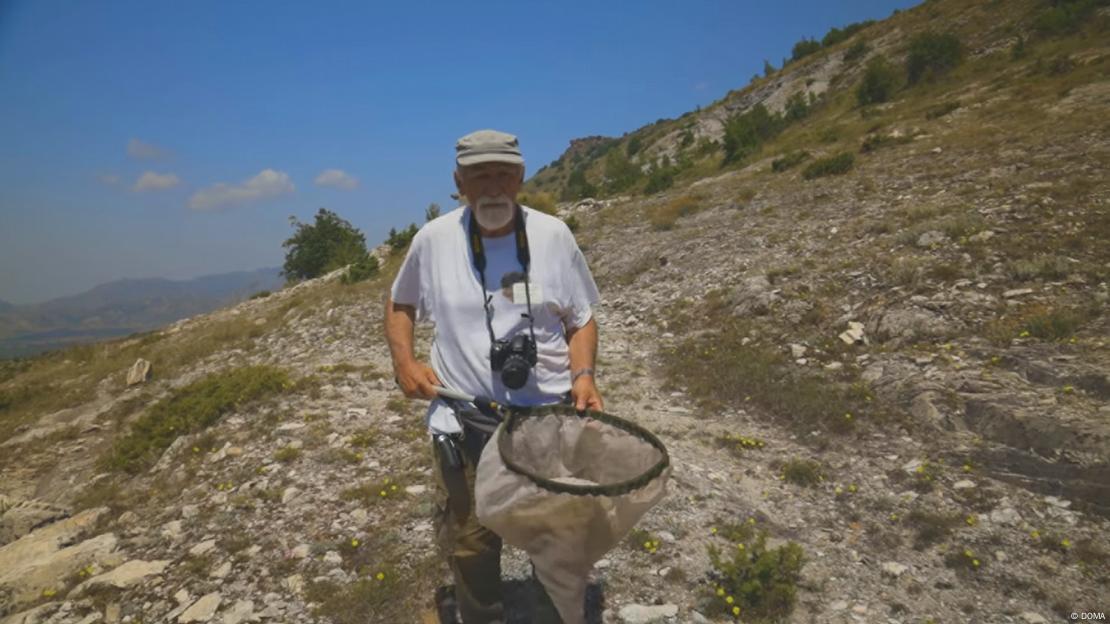Who are We to Accuse Iran of “Malign Influence”?
US & UK have never behaved honourably in the Middle East
“I said it loud and clear — and meant it — that I support Zionism without qualification,” Keir Starmer told Jewish News.
So our brand-new prime minister has refused to rule out UK military involvement in any Israeli response to Iran’s recent missile attack, condemning what he calls Iran’s “malign role” in the Middle East.
And he refused to say whether MPs would get a vote beforehand on any military action. “We support Israel’s right to defend herself against Iran’s aggression, in line with international law, because let’s be very clear, this was not a defensive action by Iran, it was an act of aggression and a major escalation in response to the death of a terrorist leader.
“It exposes, once again, Iran’s malign role in the region: they helped equip Hamas for the seventh of October attacks, they armed Hezbollah, who launched a year-long barrage of rockets on northern Israel, forcing 60,000 Israelis to flee their homes, and they support the Houthis, who mount direct attacks on Israel and continue to attack international shipping.”
Of course, Starmer didn’t mention the many attacks Israel had made on Lebanon and Iran over the years or explain why Hamas and Hezbollah came into being.
Be honest: who exactly are the “malign” influences in the Middle East?
Just as Britain and America would like everyone to believe that the Israel-Palestine conflict began on October 7 last year, when it had been going on since 1948 (and before), they’d like us to believe that hostilities with Iran began with the 1979 Islamic Revolution. But you have to go back over 70 years to find the root cause in America’s case, while Iranians have endured a whole century of British exploitation and bullying. The US-UK-Israel Axis don’t want this important slice of history to become part of public discourse. Here’s why.
In 1901 William Knox D’Arcy, a Devon man, obtained from the Mozaffar al-Din Shah Qajar a 60-year oil concession to three-quarters of Persia. The Persian government would receive 16% of the oil company’s annual profits, a rotten deal as they would soon realize.
D’Arcy, with financial support from Glasgow-based Burmah Oil, eventually found oil in commercial quantities in 1908. The Anglo-Persian Oil Company was formed and in 1911 completed a pipeline from the oilfield to its new refinery at Abadan.
Just before the outbreak of World War 1 Winston Churchill, then First Lord of the Admiralty, wanted to convert the British fleet from coal. To secure a reliable oil source the British Government took a major shareholding in Anglo-Persian.
In the 1920s and 1930s, the company profited hugely from paying the Persians a miserly 16% and refusing to renegotiate terms. An angry Persia eventually canceled the D’Arcy agreement and the matter went to the Court of International Justice in The Hague. A new agreement in 1933 provided Anglo-Persian with a fresh 60-year concession but on a smaller area. The terms were an improvement but still didn’t amount to a square deal.
In 1935 Persia became known internationally by its other name, Iran, and the company changed to Anglo-Iranian Oil. By 1950 Abadan was the biggest oil refinery in the world and the British government, with its 51% holding, had affectively colonized part of southern Iran.
Iran’s tiny share of the profits had long soured relations and so did the company’s treatment of its oil workers. 6,000 went on strike in 1946 and the dispute was brutally put down with 200 dead or injured. In 1951, while Aramco was sharing profits with the Saudis on a 50/50 basis, Anglo-Iranian handed Iran a miserable 17.5%.
Hardly surprising, then, that Iran wanted economic and political independence. Calls for nationalizing its oil could no longer be ignored. In March 1951 the Majlis and Senate voted to nationalize Anglo-Iranian, which had controlled Iran’s oil industry since 1913 under terms frankly unfavorable to the host country.
Social reformer Dr. Mohammad Mossadeq was named prime minister by a 79 to 12 majority and promptly carried out his government’s wishes, canceling Anglo-Iranian’s oil concession and expropriating its assets. His explanation was perfectly reasonable: “Our long years of negotiations with foreign countries… have yielded no results thus far. With the oil revenues, we could meet our entire budget and combat poverty, disease, and backwardness among our people.
“Another important consideration is that by the elimination of the power of the British company, we would also eliminate corruption and intrigue, by means of which the internal affairs of our country have been influenced…. Iran will have achieved its economic and political independence.” (M. Fateh, Panjah Sal-e Naft-e Iran, p. 525)
For his impudence he would be removed in a coup by MI5 and the CIA, imprisoned for 3 years then put under house arrest until his death. Britain, determined to bring about regime change, orchestrated a worldwide boycott of Iranian oil, froze Iran’s sterling assets and threatened legal action against anyone purchasing oil produced in the formerly British-controlled refineries. The Iranian economy was soon in ruins… All sounds familiar, doesn’t it?
America was reluctant at first to join Britain’s destructive game but Churchill (prime minister at the time) let it be known that Mossadeq was turning communist and pushing Iran into the arms of Russia just when Cold War anxiety was high. That was enough to bring America’s new president, Eisenhower, onboard and plotting with Britain to bring Mossadeq down.
So began a nasty game of provocation, mayhem and deception. Shah Mohammad Reza Pahlavi, in exile, signed two decrees, one dismissing Mossadeq and the other nominating the CIA’s choice, General Fazlollah Zahedi, as prime minister. These decrees were written as dictated by the CIA. In August 1953, when it was judged safe for him to do so, the Shah returned to take over.
Mossadeq was arrested, tried, and convicted of treason by the Shah’s military court. He remarked: “My greatest sin is that I nationalized Iran’s oil industry and discarded the system of political and economic exploitation by the world’s greatest empire… I am well aware that my fate must serve as an example in the future throughout the Middle East in breaking the chains of slavery and servitude to colonial interests.”
His supporters were rounded up, imprisoned, tortured or executed. Zahedi’s new government reached an agreement with foreign oil companies to form a consortium to restore the flow of Iranian oil, awarding the US and Great Britain the lion’s share, with 40% going to Anglo-Iranian.
The consortium agreed to split profits on a 50-50 basis with Iran but refused to open its books to Iranian auditors or allow Iranians to sit on the board.
The US massively funded the Shah’s government, including his army and his hated secret police force, SAVAK. Anglo-Iranian changed its name to British Petroleum in 1954. Mossadeq died in 1967.
The CIA-engineered coup that toppled Mossadeq, reinstated the Shah and let the American oil companies in, was the final straw for the Iranians. The British-American conspiracy inevitably backfired 25 years later with the Islamic Revolution of 1978-9, the humiliating 444-day hostage crisis in the American embassy and a tragically botched rescue mission.
If Britain and America had played fair and allowed the Iranians to determine their own future instead of using economic terrorism to bring the country to its knees Iran might today be “the only democracy in the Middle East”, a title falsely claimed by Israel which is actually a repulsive ethnocracy. So never mention the M-word: MOSSADEQ.
But Britain seems incapable of playing fair. In 2022, when Nazanin Zaghari-Ratcliffe, a British-Iranian, was freed after five years in a Tehran prison it transpired that the UK had owed around £400m to the Iranian government arising from the non-delivery of Chieftain battle tanks ordered by the Shah of Iran before his overthrow in 1979. Iran had been pursuing the debt for over four decades. In 2009 an international court in the Netherlands ordered Britain to repay the money. Iranian authorities said Nazanin would be released when the UK did so, but she suffered those years of incarceration, missing her children and husband back in the UK, while the British government took its own sweet time before finally paying up.
Smoldering resentment for more than 70 years
During the Iran-Iraq war (1980-88) the US, and eventually Britain, leaned strongly towards Saddam and the alliance enabled Saddam to more easily acquire or develop forbidden chemical and biological weapons. At least 100,000 Iranians fell victim to them.
This is how John King, writing in 2003, summed it up. “The United States used methods both legal and illegal to help build Saddam’s army into the most powerful army in the Mideast outside of Israel. The US supplied chemical and biological agents and technology to Iraq when it knew Iraq was using chemical weapons against the Iranians. The US supplied the materials and technology for these weapons of mass destruction to Iraq at a time when it was known that Saddam was using this technology to kill his Kurdish citizens.
“The United States supplied intelligence and battle planning information to Iraq when those battle plans included the use of cyanide, mustard gas and nerve agents. The United States blocked the UN censure of Iraq’s use of chemical weapons. The United States did not act alone in this effort. The Soviet Union was the largest weapons supplier, but England, France, and Germany were also involved in the shipment of arms and technology.”
As it happens the company I worked for at that time supplied the Iranian government with electronic components for military equipment. We were just mulling an invitation to set up a factory in Tehran when the UK Government announced it was revoking all export licences to Iran. Britain had decided to back Saddam. Hundreds of British companies were forced to abandon the Iranians at a critical moment.
Betraying Iran and throwing our weight behind Saddam went well, didn’t it? Saddam was overthrown in April 2003 following the US/UK-led invasion of Iraq, and hanged in messy circumstances after a dodgy trial in 2006. The dirty work was left to the Provisional Iraqi Government. At the end of the day, we couldn’t even ensure that Saddam was dealt with fairly. “The trial and execution of Saddam Hussein were tragically missed opportunities to demonstrate that justice can be done, even in the case of one of the greatest crooks of our time”, said the UN Human Rights Council’s expert on extrajudicial executions.
Philip Alston, a law professor at New York University, pointed to three major flaws leading to Saddam’s execution. “The first was that his trial was marred by serious irregularities denying him a fair hearing and these have been documented very clearly. Second, the Iraqi Government engaged in an unseemly and evidently politically motivated effort to expedite the execution by denying time for a meaningful appeal and by closing off every avenue to review the punishment. Finally, the humiliating manner in which the execution was carried out clearly violated human rights law.”
Alston acknowledged that “there is an understandable inclination to exact revenge in such cases” but warned that “to permit such instincts to prevail only sends the message that the rule of law continues to be mocked in Iraq, as it was in Saddam’s own time”.
So now we’re playing dirty again, supporting an undemocratic state, Israel, which is run by genocidal maniacs and has for 76 years defied international law and waged a war of massacre, terror and dispossession against the native Palestinians. And we’re even protecting it in its lethal quarrel with Iran.
It took President Truman only 11 minutes to accept and extend full diplomatic relations to Israel when Zionist entity declared statehood in 1948 despite the fact that it was still committing massacres and other terrorist atrocities. Israel’s evil ambitions and horrendous tactics were well known and documented right from the start but eagerly backed and facilitated by the US and UK. In the UK’s case betrayal of the Palestinians began in 1915 thanks to Zionist influence. Even Edwin Montagu, the only Jew in the British Cabinet at that time, described Zionism as “a mischievous political creed, untenable by any patriotic citizen of the United Kingdom”. A century later it is quite evident that Zionism has been the ultimate “malign influence” in the Middle East.
Sadly, the Zionist regime’s unspeakable cruelty and inhumanity against unarmed women and children in Gaza and the West Bank — bad enough in the decades before October 2023 but now showing the Israelis as the repulsive criminals they’ve always been — still isn’t enough to end US-UK adoration for it.
















